Book Lovers Day in the US
Every August 9, readers all over America gush over their favorite books of the year so far. Each one shares their special list of new hits and old favourites on National Book Lovers Day. Of course, it’s not *really* an official holiday (nobody knows who created it, or when). By 2012, however, a flurry of literary blogs made a virtual toast to Book Lovers Day. A long-overdue tribute, perhaps, to the magical world of literature and reading?
So! To celebrate our love for books of all shapes and sizes, here are our top 10 must-read books about psychedelics. What do these authors have to say about the rich history, culture, and gosh-wow traditions of psychonauts, past and present? And how exactly did they make psilocybin mushrooms and truffles popular once again…perhaps even more so this time around?
Read on to find out!
“The Doors of Perception” by Aldous Huxley
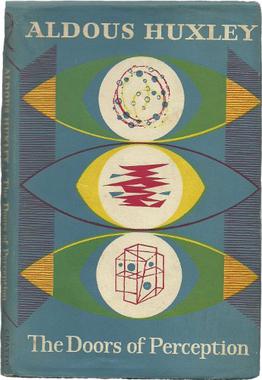
The first psychedelic book on our list, The Doors of Perception, is by the same dude who wrote the dystopian proto-Hunger Games science fiction novel “Brave New World” — Aldous Huxley. His Doors of Perception is so gnarly and trip-tastic, it earned a cameo with Stan Lee in Marvel’s acid trip of a movie, Doctor Strange:
In his 1954 book, Huxley dives headfirst into the world of mescaline, a hallucinogen that can be found naturally in the San Pedro cactus, peyote cactus, and other species of cacti. Huxley writes about an unforgettable mescaline trip in May 1953, when he experienced a great “shift” in his usual perception of the world — beyond the trippy delights of bright colours and swirling sounds. Time was no more, he found out. He simply existed.
“Space was still there; but it had lost its predominance. The mind was primarily concerned, not with measures and locations, but with being and meaning.”
The Doors of Perception helped change the Western view of natural psychedelics, in particular mescaline, LSD, and psilocybin mushrooms and truffles. It disseminated the idea that psychedelics could serve as tools for self-discovery and mystical insight.
By linking it with science, art, and philosophy, Huxley made the art of tripping “in” once again — paving the way for the tie-dye freedom of the Swinging Sixties.
“How to Change Your Mind” by Michael Pollan
“I interviewed a number of cancer patients who, in the course of a single guided session on psilocybin, had such a powerful mystical experience that their fear of death either faded or vanished altogether.”
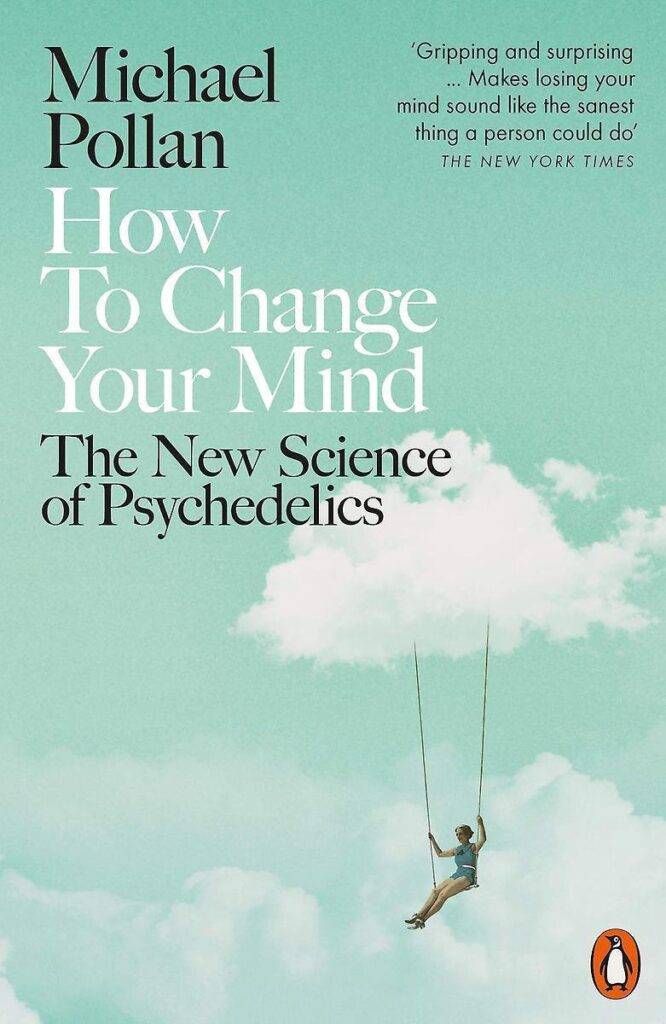
So writes Michael Pollan in a promotional letter for his 2018 book How to Change Your Mind.
Pollan’s is a vivid retelling of the weird, wild history of psychedelics in America. From the first blush of scientific research in the fifties, to the public alarm over LSD in the sixties, to the misguided ‘War on Drugs’, now drawing to a close in 2021. The book turns the spotlight on psilocybin, LSD, and DMT-rich ayahuasca… and explores their potential for treating a host of mental conditions, such as depression, substance abuse, and end-of-life anxiety.
Sure, Pollan’s writing style (which he dubs a “mental travelogue”) is meaty and science-y at times, but it’s still a delicious treat to read on the beach this summer. Besides! Did you know that Disney actress Kristen Bell credits this book with her newfound love for psilocybin?
“Op Zoek Naar Antwoorden” by Wiggert Meerman
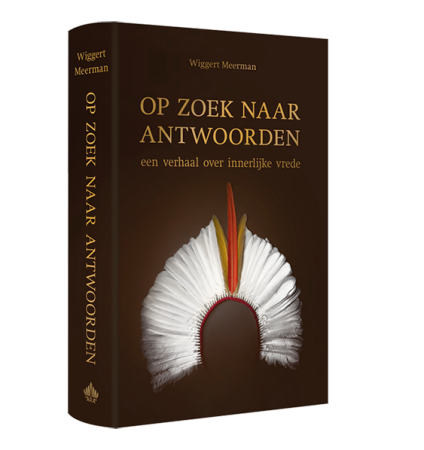
Does trauma play a role in finding our purpose?
Zoek Naar Antwoorden (lit. “In Search of Answers”) tells the story of Wiggert Meerman, a Dutch businessman who — after losing his job, his home, and his girlfriend — discovers the key to true happiness deep in the Amazon jungle. Guided by the shamans of the Huni Kuin tribe, Meerman takes ayahuasca in a sacred ritual that forces him to face his demons once and for all.
What is the final answer to life’s questions? Did our ancestors already figure it out, back in the day, with the help of psychedelic-induced visions? What’s it like to trip out on ayahuasca anyway?
In his book, Meerman sheds light on the ‘modern’ jungle of office work, the perils of chasing money, and why you should never lose sight of your true self in the rat race. Do you ponder the same questions in life? Brace yourself. The answer may be a doozy, and likely within you all along…
“Psilocybin: Magic Mushroom Grower’s Guide” by Terence McKenna & Dennis McKenna
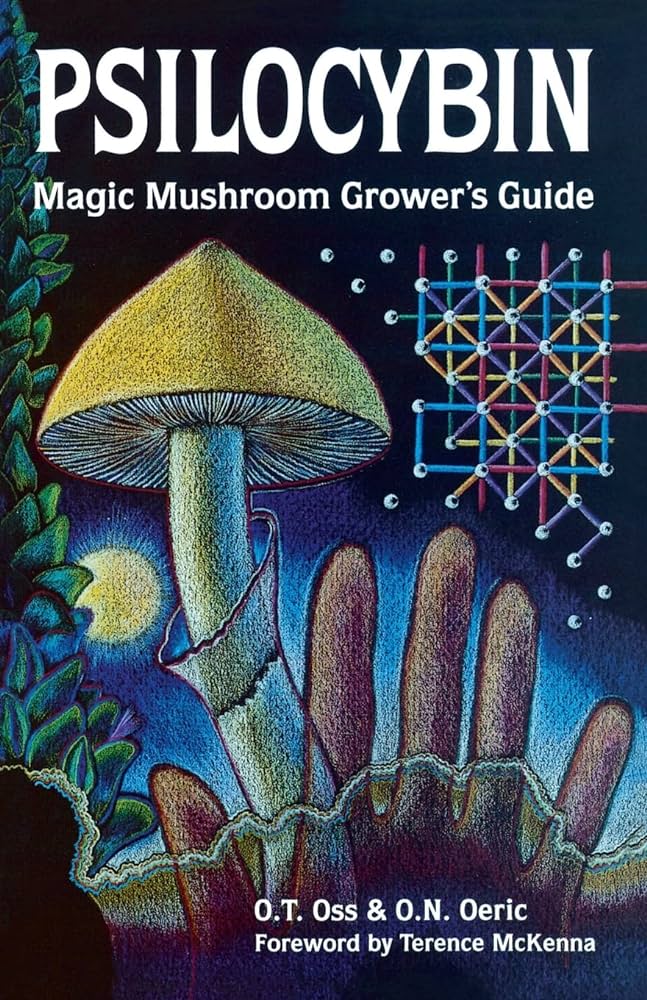
Under the pseudonyms “O.T. Oss” and “O.N. Oeric”, psychedelic heroes Terence McKenna and his brother Dennis set out to combine all the known facts of psilocybin in the 1970s, and published them in the now-classic manual on mycology — Psilocybin: Magic Mushroom Grower’s Guide. This book lists down the basic methods of growing your first flush, and the various uses of psilocybin past the ‘tripping culture’ that defined the era. Magic Mushroom Grower’s Guide is chock-full of useful drawings, too (which you can stare into for hours), philosophical sidebars, and prophetic ideas on the role shrooms will play in modern society.
As Terence McKenna wrote in the book’s preface:
“Knowledge of how to cultivate is spreading through society in the same way that the mycelium spreads through rye in a jar or a bed of compost.”
Sounds about right!
“The Psychedelic Experience” by Timothy Leary, with Ralph Metzner & Richard Alpert (aka Ram Dass)
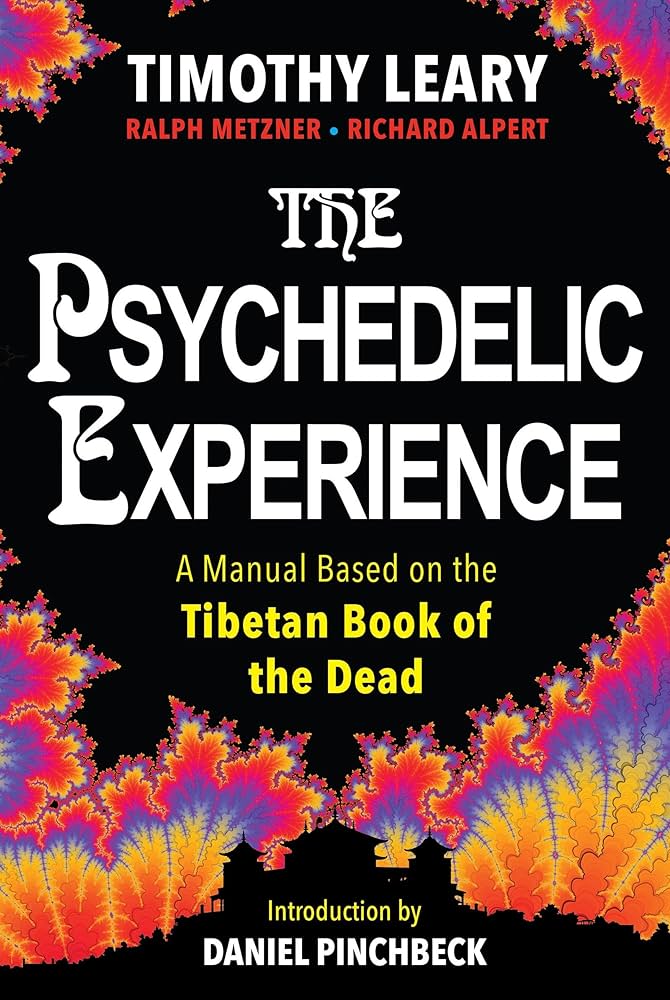
“Whether you experience heaven or hell, remember that it is your mind which creates them.”
Based on the Tibetan Book of the Dead, The Psychedelic Experience is a 1964 manual on using psychedelics in order to achieve ego death. Timothy Leary (along with Ralph Metzner and Richard Alpert, aka Ram Dass) took the ancient Buddhist text on death and rebirth, and used it as a metaphor for killing the ego. The authors take a deep dive to see how psilocybin, LSD, and mescaline can affect the mind — and if these drugs can genuinely trigger (and sustain) a higher state of consciousness.
Ready to experience ego death the right way? The Psychedelic Experience is right up your alley.
“Be Here Now” by Ram Dass
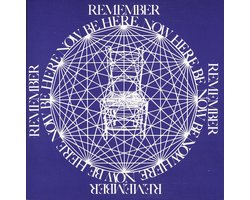
Born Richard Alpert, psychedelic hero Ram Dass gave the world its most recognisable “counterculture bible” in his 1971 book, Be Here Now. Here, the professor-turned-yogi writes about how psilocybin and LSD set him upon a lifelong quest for self-realisation. The book recalls years of discontent in the hallowed halls of Harvard; to his friendships, doomed to fail; to a chance encounter with a Great King in the dusty alleys of 1960s India…
Soon, Alpert’s ego death led to his eventual rebirth as Baba Ram Dass or ‘servant of God’. His true story of death and resurrection has captivated all those who heard it. Now you can experience it, too.
Be Here Now is an essential read for first-timers of yoga, Eastern philosophy, and meditation… and those struggling to fill a deep spiritual hunger of their own.
“Drugs Without the Hot Air” by Professor David Nutt
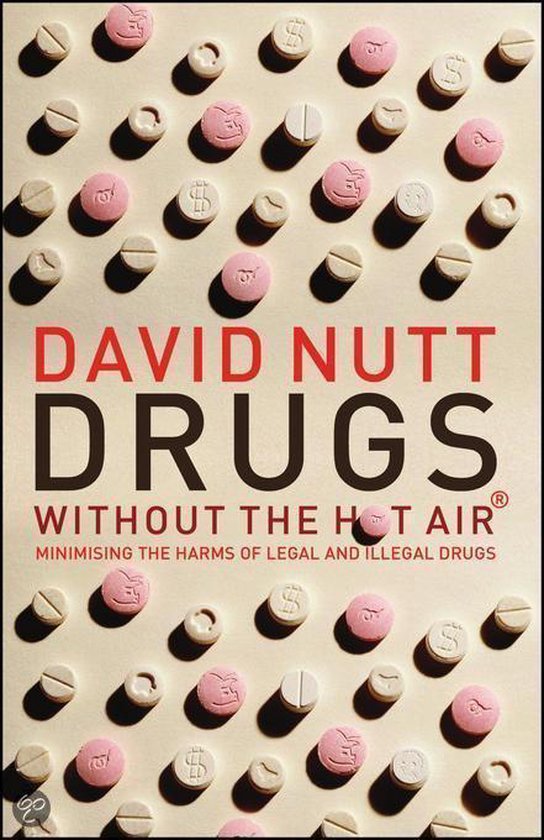
Aldous Huxley may have dreamed of a Brave New World in his science fiction novel, but what if it’s already here? At least that’s what Professor David Nutt is shooting for in “psychedelic psychiatry” — a world in which psychedelics are used freely in public research.
In his bestselling book Drugs Without the Hot Air, Nutt explores the truth behind drug use, based on cold, hard evidence. He gives answers to questions that no-one dares to ask, such as:
- Is ecstasy a safer drug than alcohol?
- Can an addict be cured for good?
- By banning psilocybin mushrooms, are doctors missing out on potential cures?
Drugs Without the Hot Air stays true to its clever title. There’s no propaganda whatsoever… Not even from the author himself. Instead, Nutt exposes the tangled web of factors that can shape drug laws (for better or worse), such as money, crime, medicine, society, and the environment at large.
“PiHKAL” by Dr. Alexander Shulgin and Ann Shulgin
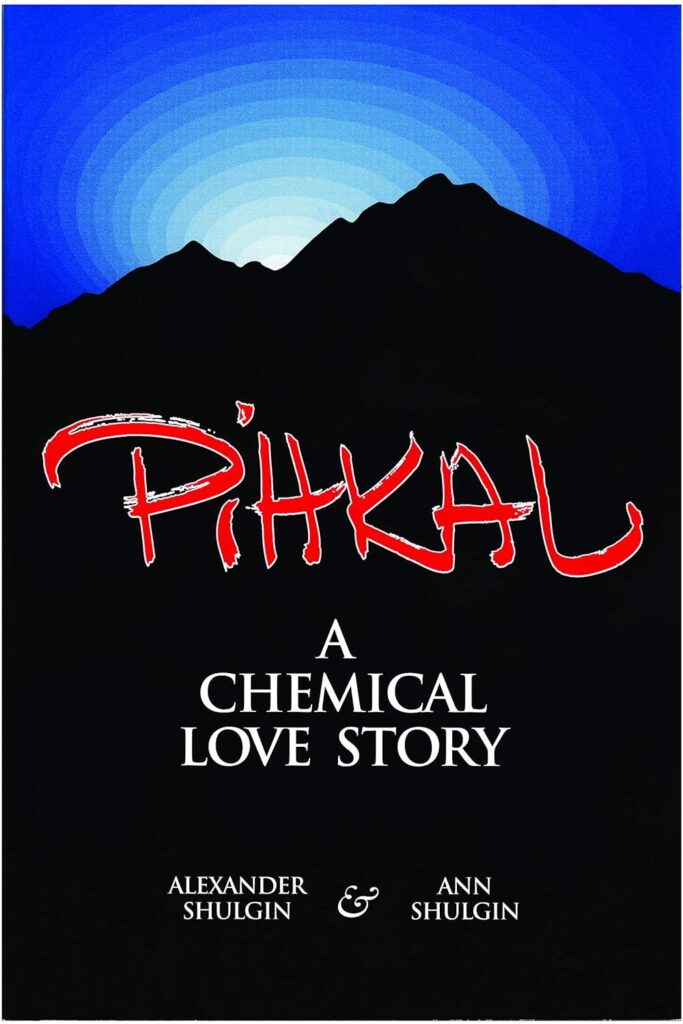
“They’re not addictive, and they’re certainly not escapist, either, but they’re exceptionally valuable tools for understanding the human mind, and how it works.”
Part-romance, and part-encyclopedia, PiHKAL: A Chemical Love Story by Dr. Alexander Shulgin and his wife Ann is a book that defies genre. (As for the kooky title, it stands for “Phenethylamines I Have Known and Loved”.) The first part of PiHKAL is a love triangle based on the authors’ real-life experiences. Shura, a chemist, spends all his time making psychoactive drugs, which he tests on his own body. Alice struggles to keep on. One of them is in love with someone else…
The second part is a list of 179 psychedelic compounds — a lot of which Shulgin stumbled upon. Can you believe? But that’s not all. What makes PiHKAL unique are the detailed instructions on how to make the trippy compounds on your own. No trade secrets! That is, if you can get the raw chemicals in the first place…
“The Rose of Paracelsus” by William Leonard Pickard (aka the “Acid King”)
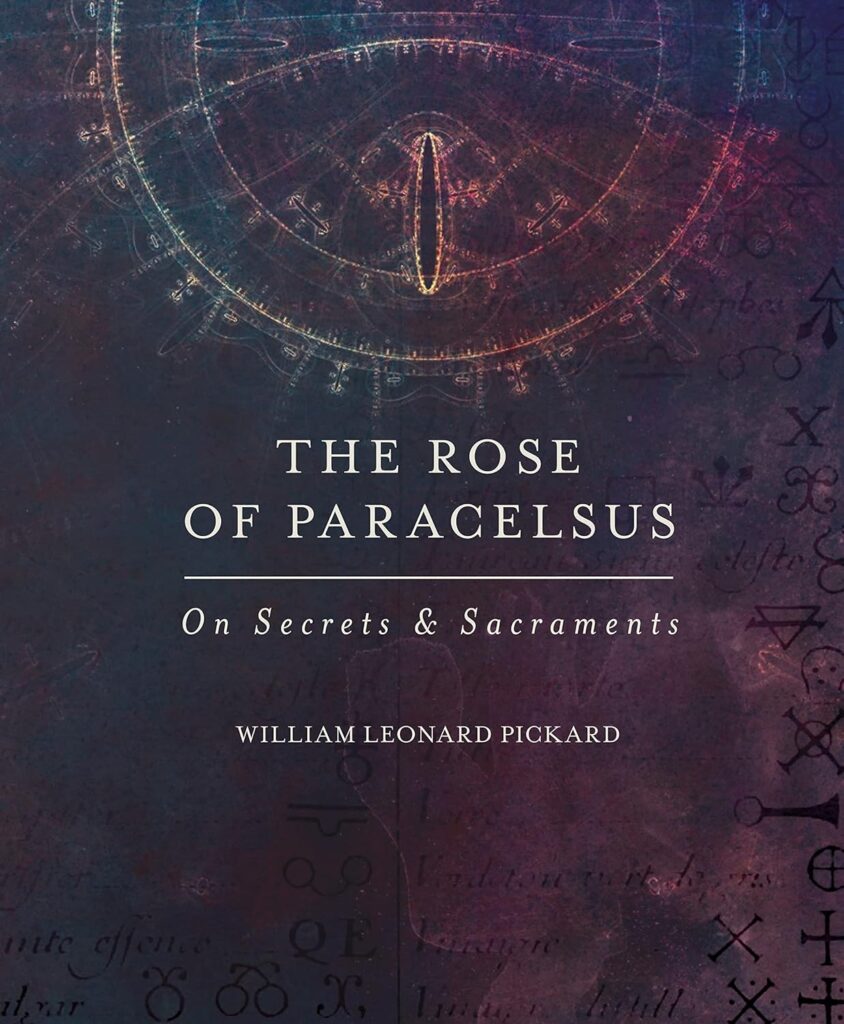
Remember William Leonard Pickard, aka the Acid King? Back in 2000, he was one of two people busted in the biggest LSD-cooking case in history. That was back when the War on Drugs was at its heyday. Cops didn’t know about the medical potential of LSD; nor did they care. Thankfully, on July 27, 2020, Pickard was released from prison after 20 years…. And what do you know, it was time well spent!
In 2015, he published The Rose of Paracelsus: On Secrets & Sacraments, a 656-page epic memoir inspired by crime and alchemy. Who would’ve thought the Acid King would write an entire novel while in prison? In this book that mixes fact and fiction, six chemists work in a global drug cabal. One of them reveals to Pickard that making psychedelic drugs is not as easy as a recipe: It needs “the purest intent, a flawless diamond morality”. *You may recall Paracelsus as the 16th century alchemist of Basel, the Psychedelic City. Legend says he brought back a rose from its ashes.
True to the nature of alchemy, Pickard wrote The Rose of Paracelsus in a curious manner, indeed:
“The Rose was handwritten in two years, without notes and based on recollection, but seemed too trivial to honor the reader. I destroyed the work in minutes, then began again. It took another three years to compose, then a year to edit the 656 pages.”
“The Flip” by Jeffrey Kripal
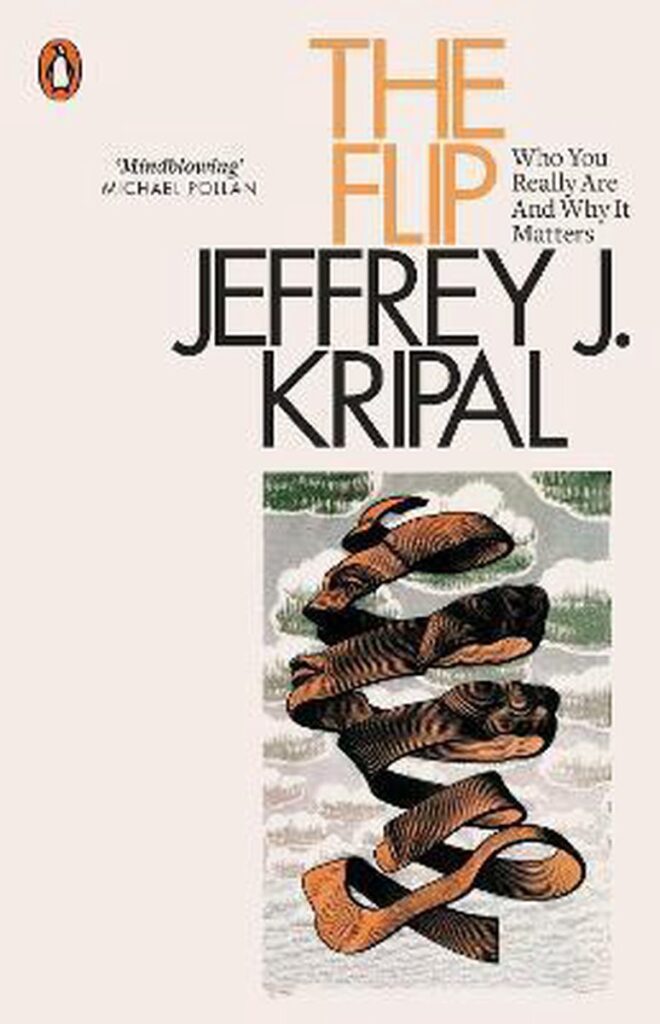
The ancients believed that all matter has consciousness. From plants and animals, to rocks and bacteria, to fungi. What’s more: A theory called Panpsychism says that this “consciousness” is singular, and shared by all. Is there really no such thing as individuality? Is the Self an illusion?
In The Flip, Prof. Jeffrey Kripal points out how extreme events can change the way you see things forever — also known as a “flip”. After a life-altering experience splits your ego, you become more open to the secrets of the universe. This is best illustrated by the Hanged Man card of the Tarot:
It can be tough to chase near-death experiences all the time, however. You know what else can give you a taste of the divine? Yep, that’s right! Natural psychedelics, such as psilocybin mushrooms and truffles…
Check out our full range right here!
Hack Your Brain with Psilocybin Mushrooms and Magic Truffles
So there you have it! Our top 10 books about psychedelics that you simply must read. Whether you’re in the mood for history, or science, or a glimpse of true crime — there’s bound to be a title in our list that’s *perfect* for your trip. And if there’s one magical thing that books share with shrooms and truffles, it’s this:
“Reading is an exercise in empathy; an exercise in walking in someone else’s shoes for a while.” – Malorie Blackman, British sci-fi author
Happy reading, psychonauts!





